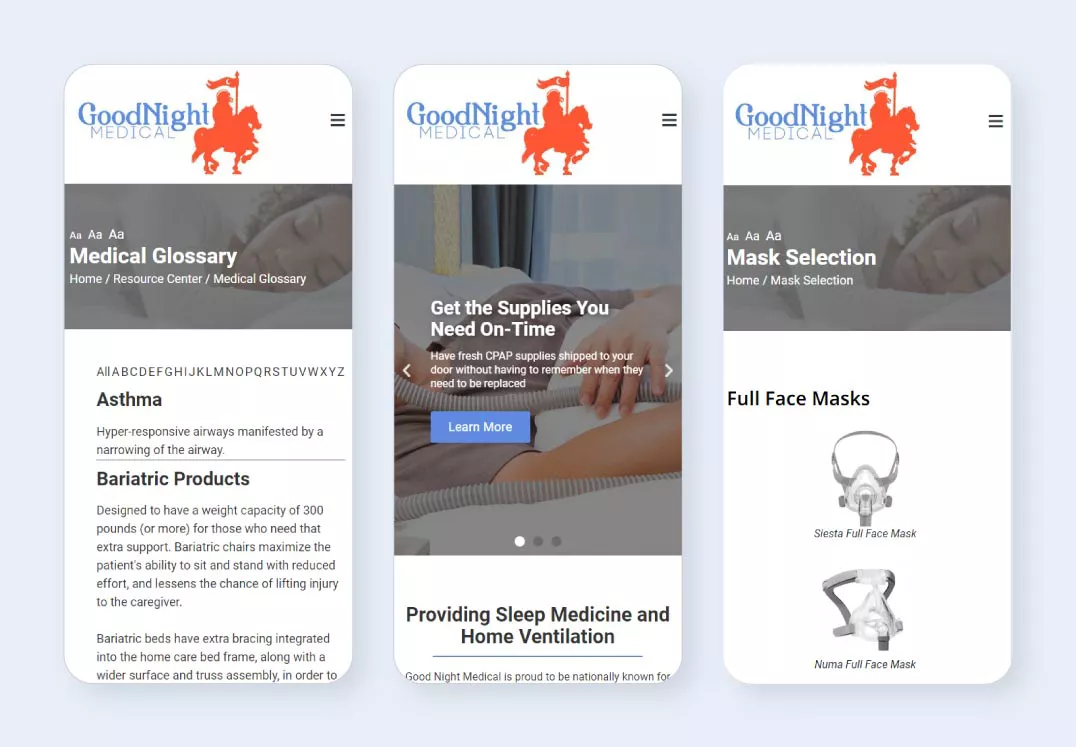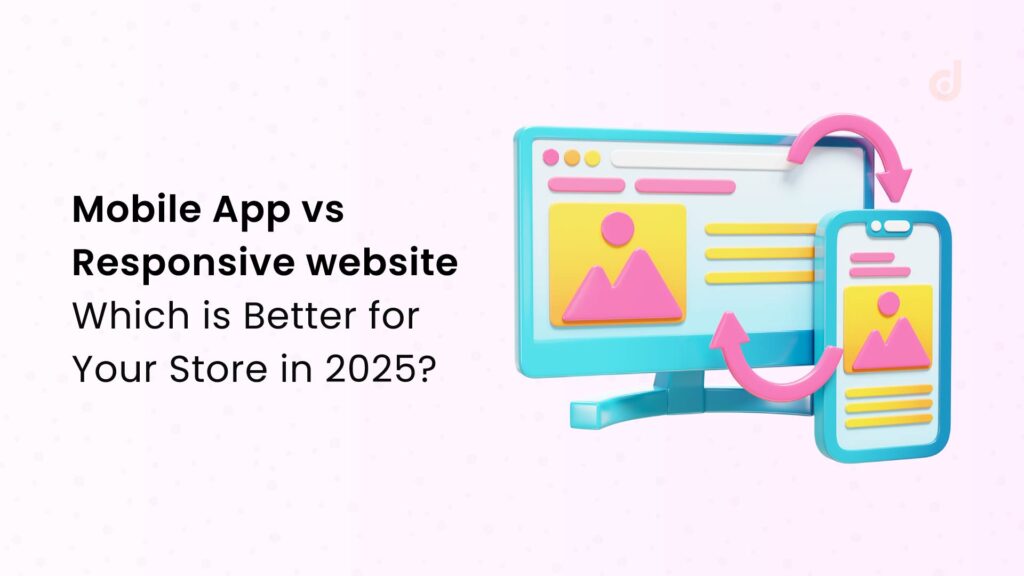To test your Flutter code and ensure its quality, follow these practices:
Unit Testing: Write unit tests to verify the behavior and functionality of individual units of your code, such as functions, classes, or methods. Use Flutter's built-in testing framework or popular libraries like flutter_test to create and run unit tests.
Widget Testing: Perform widget testing to validate the integration and behavior of your UI components. Use Flutter's flutter_test package or the Flutter testing library flutter_test to write widget tests and ensure that your UI renders correctly and responds appropriately to user interactions.
Integration Testing: Conduct integration tests to validate the interaction and communication between different modules, components, or layers of your app. Use Flutter's integration testing framework or tools like flutter_driver to automate UI interactions and validate the overall functioning of your app.
Test-Driven Development (TDD): Adopt a test-driven development approach, where you write tests before implementing the corresponding functionality. This helps ensure that your code meets the desired behavior and makes it easier to identify and fix issues early in the development process.
Code Coverage Analysis: Utilize code coverage analysis tools to measure the percentage of code covered by your tests. Aim for high code coverage to ensure that most of your code is thoroughly tested and to identify areas that need additional testing.
Mocking and Dependency Injection: Employ mocking frameworks like mockito to create mock objects for testing dependencies or external services. Use dependency injection principles to inject these mock objects during testing, allowing you to isolate components and perform controlled and focused testing.
Continuous Integration (CI) and Continuous Delivery (CD): Set up a CI/CD pipeline to automate the testing and deployment process. Integrate your version control system with CI/CD tools like Jenkins, Travis CI, or GitHub Actions to automatically run tests on each code commit and ensure that only high-quality code is deployed.
Code Reviews: Conduct regular code reviews to get feedback from peers or experienced developers. This helps identify potential issues, improve code quality, and ensure adherence to best practices and coding standards.
Performance Testing: Evaluate the performance of your app using profiling tools like Flutter DevTools. Identify potential bottlenecks, optimize performance-critical sections, and ensure that your app runs smoothly and efficiently.
User Acceptance Testing (UAT): Engage real users or testers to perform UAT, allowing them to explore your app and provide feedback. Their input can help uncover usability issues, edge cases, and other scenarios that may have been missed during development.














Social Networking